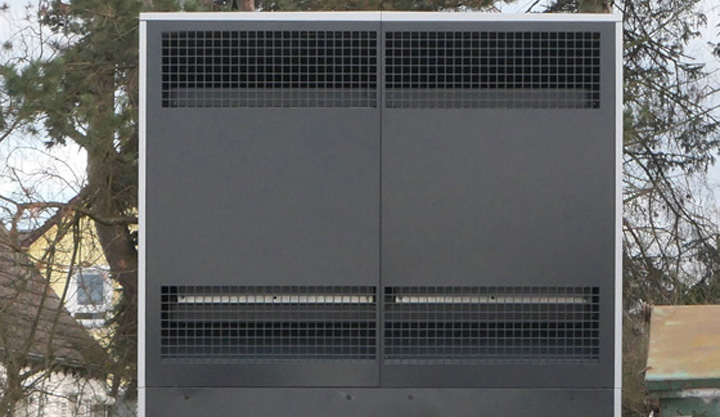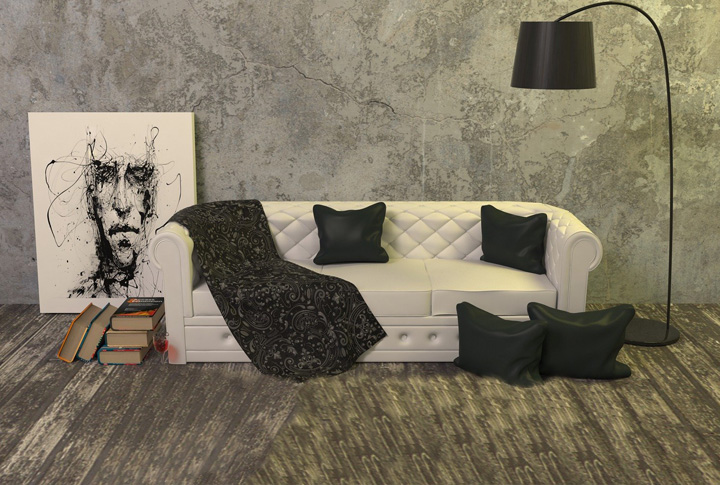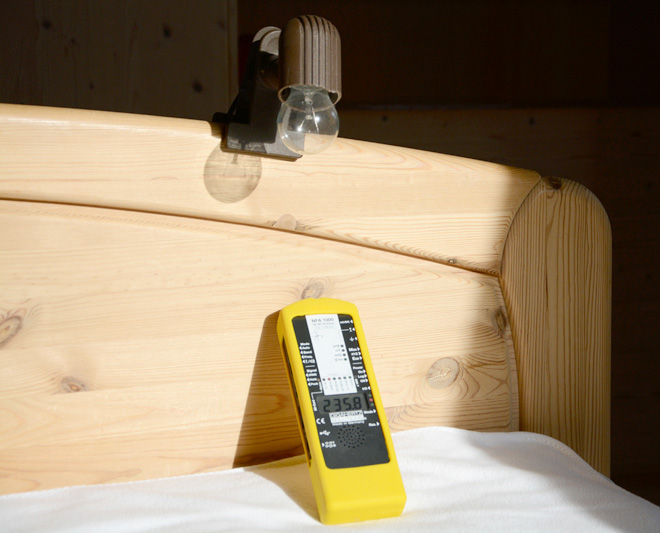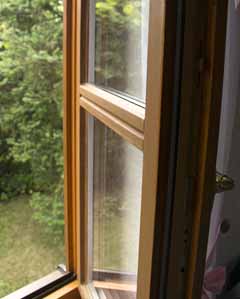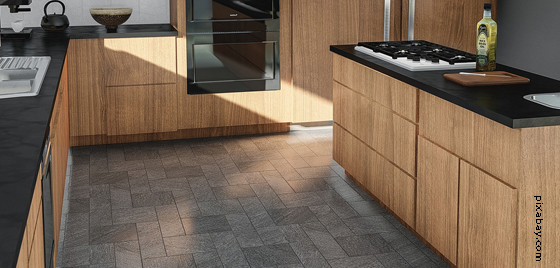
Wood preservatives as pcp
Banned, but still found in homes
The Chemicals Prohibition Ordinance in Germany came into force in 1989. Since then, toxic wood preservatives may no longer be sold indoors. Nevertheless, property buyers still come across the subject of “wood preservatives” time and again. This is not surprising when you consider that most houses in Germany were built between 1950 and 1980 and are now once again attracting young buyers. Wood preservatives were used in particular for load-bearing components such as roof trusses and ceiling beams and are not immediately recognizable to home buyers. The following essay will take a closer look at the most dangerous representatives of chemical wood preservatives.
Continue reading

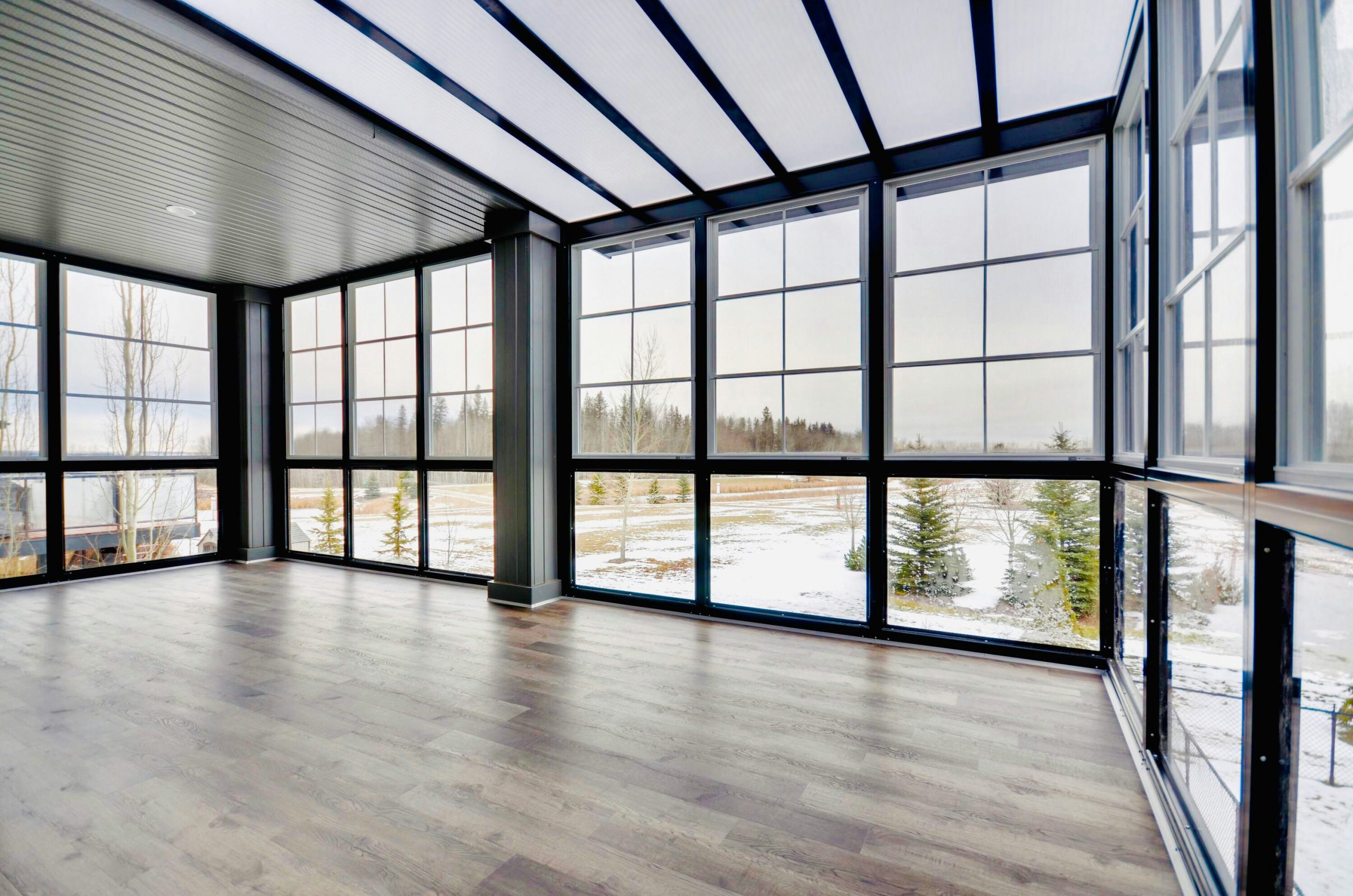
 Chemical Cocktail Necessary for Paper Production – Some printed materials have such a distinct smell that the idea of storing them in living areas doesn’t even come to mind. However, since humans are naturally collectors and hunters, paper stacks inevitably accumulate somewhere in the house. But who really knows what chemicals are still contained in these paper stacks and how long these substances can contaminate the indoor air? It is known that the amount and type of chemicals released can vary significantly, depending on the type of paper, the manufacturing processes used, and the conditions under which the paper is stored. High temperatures and high indoor humidity accelerate the release of chemicals from paper products during storage.
Chemical Cocktail Necessary for Paper Production – Some printed materials have such a distinct smell that the idea of storing them in living areas doesn’t even come to mind. However, since humans are naturally collectors and hunters, paper stacks inevitably accumulate somewhere in the house. But who really knows what chemicals are still contained in these paper stacks and how long these substances can contaminate the indoor air? It is known that the amount and type of chemicals released can vary significantly, depending on the type of paper, the manufacturing processes used, and the conditions under which the paper is stored. High temperatures and high indoor humidity accelerate the release of chemicals from paper products during storage. Overview of mycotoxin-producing microorganisms – Mycotoxins are secondary metabolites produced by various types of mold or bacteria. These toxins can cause a range of health problems, including immune system weakening, neurological disorders, allergic reactions, and even cancer. For building biologists, particularly important are the types of mold that produce mycotoxins and grow indoors. The most common types include Aspergillus, Penicillium, Stachybotrys, and Cladosporium.
Overview of mycotoxin-producing microorganisms – Mycotoxins are secondary metabolites produced by various types of mold or bacteria. These toxins can cause a range of health problems, including immune system weakening, neurological disorders, allergic reactions, and even cancer. For building biologists, particularly important are the types of mold that produce mycotoxins and grow indoors. The most common types include Aspergillus, Penicillium, Stachybotrys, and Cladosporium.